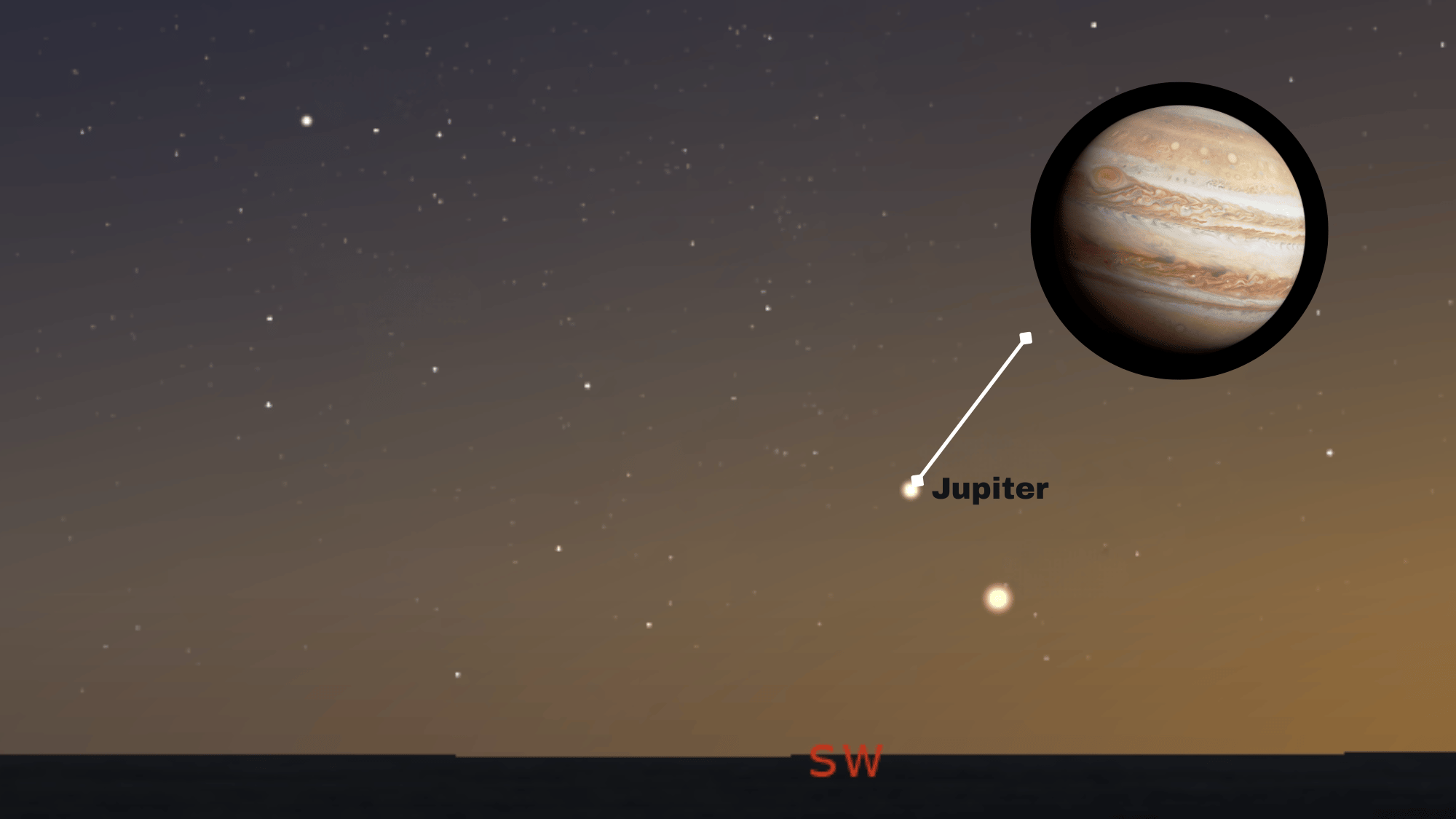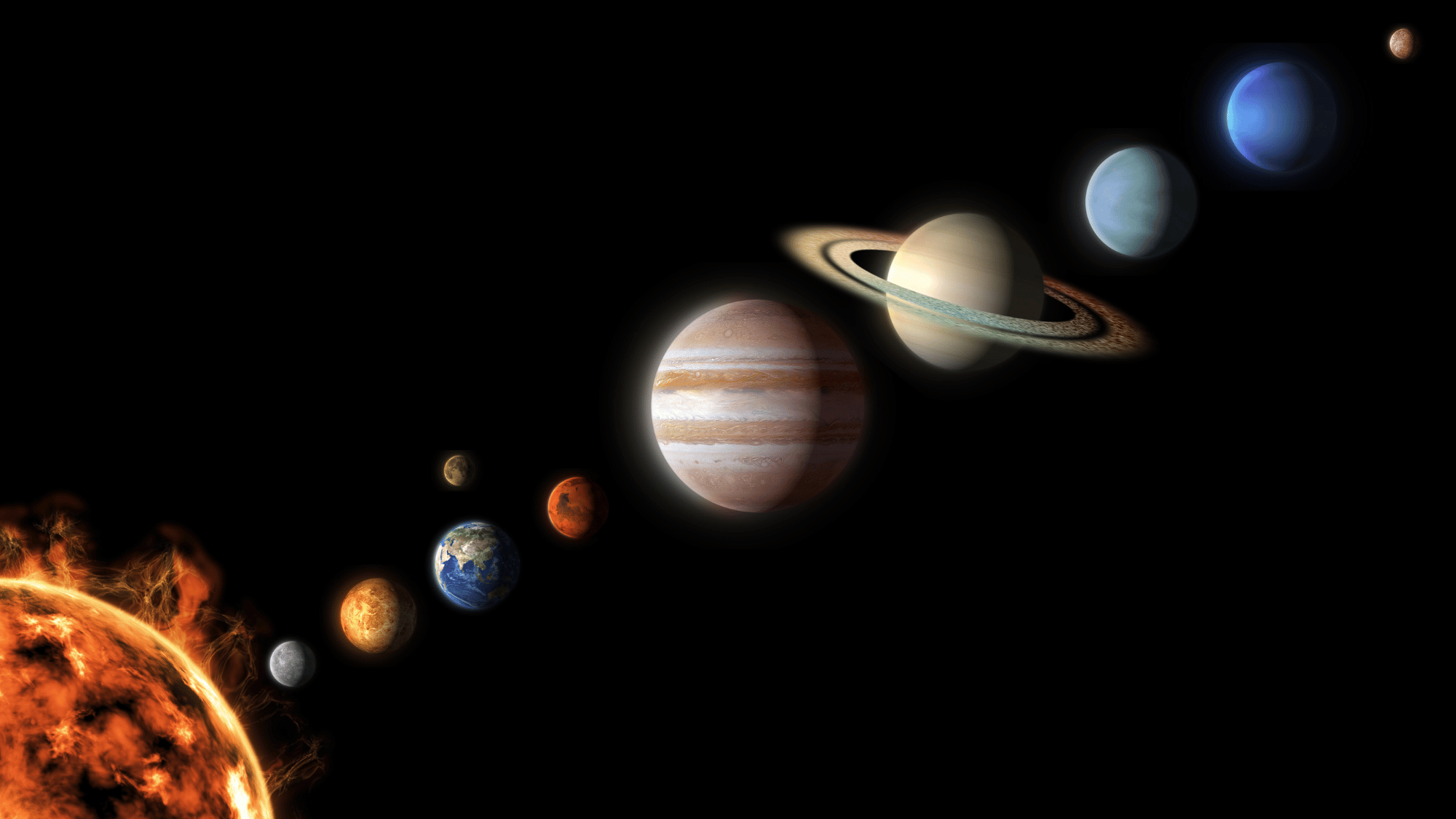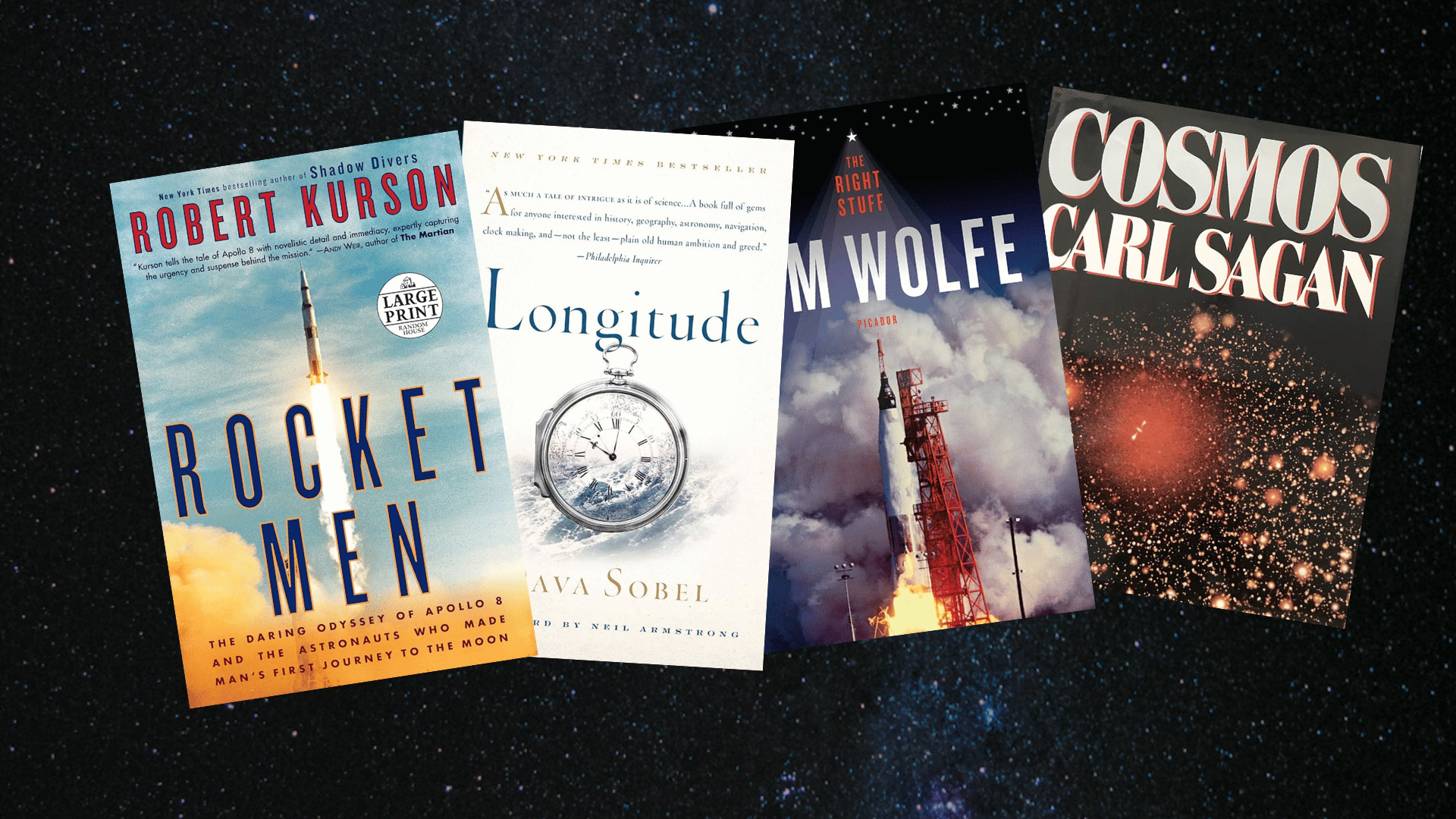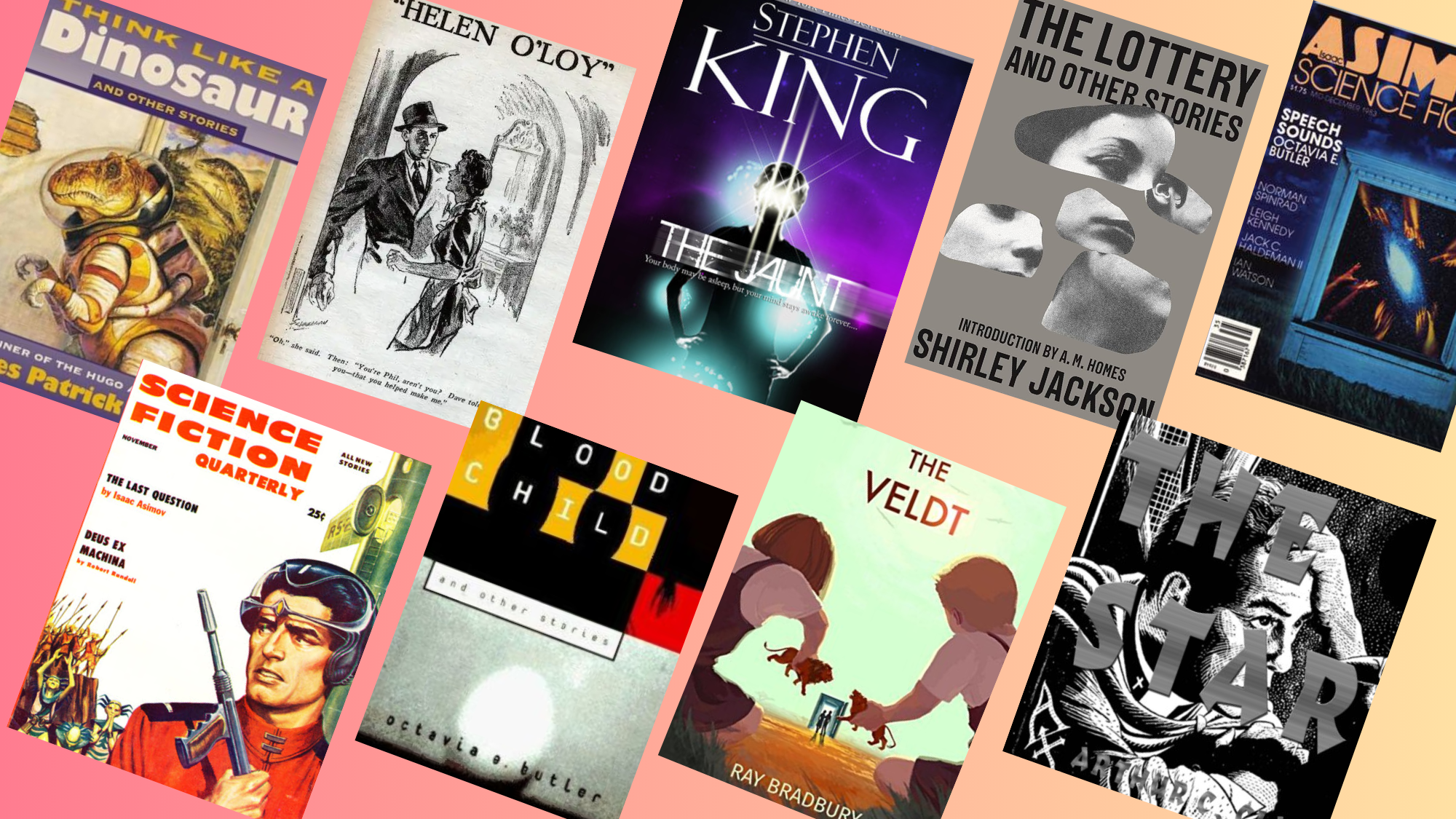Looking up at the night sky has always sparked curiosity.
The small points of light overhead can seem mysterious, and many people wonder what exactly they are seeing.
While most are distant stars, some of the brightest objects are actually planets.
Unlike stars, planets shine with a steady light and can often be noticed without any special equipment.
Jupiter, the largest planet in our solar system, is one of the most striking examples that people are curious about, which is why they ask: Can you see Jupiter with the naked eye?
This raises another important question: which planets are visible to the human eye, and how can someone recognize them?
Can You See Jupiter Without a Telescope?
Jupiter is one of the easiest planets to spot in the night sky because of its brightness and size.
It is the largest planet in our solar system, about 11 times wider than Earth. Even though it is almost 500 million miles away, it reflects enough sunlight to appear as a bright point of light.
When you look at Jupiter, it will not twinkle like stars do, which makes it easier to recognize.
To the naked eye, it looks like a steady, bright star, but you will not see its bands or storms without a telescope.
With binoculars, you might notice four of its largest moons, but the planet itself is visible without any special tools.
Its brightness often makes it one of the first “stars” you notice after sunset.
How to See Jupiter with the Naked Eye?
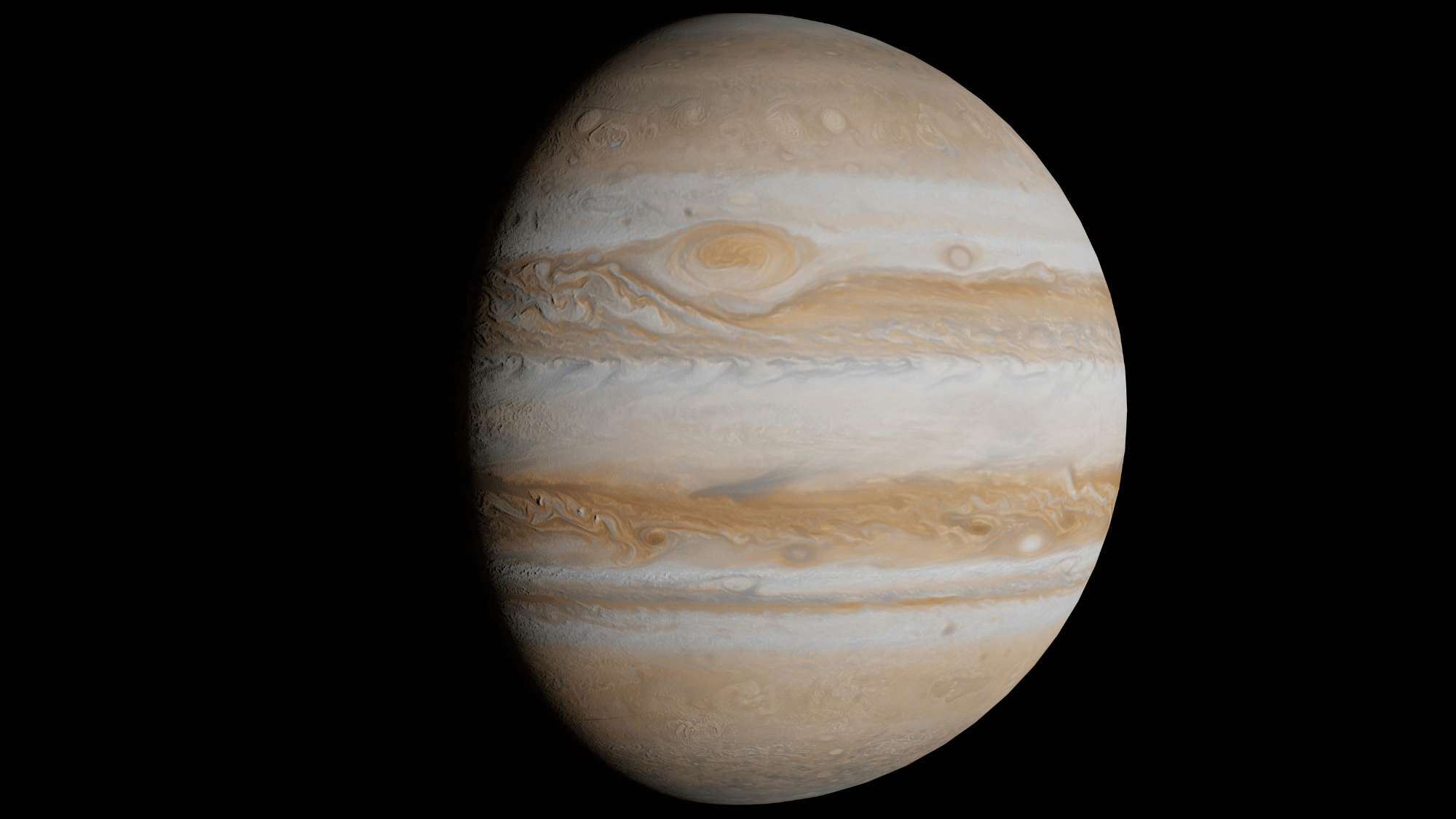
Jupiter can be spotted even from areas with some light pollution. Depending on the time of year, it can be found rising in the East after sunset or setting in the West before sunrise.
Unlike Venus, which is brighter but always close to the sun, Jupiter can appear higher in the sky, making it stand out more.
When looking for Jupiter, pay attention to its location during different seasons. It usually follows a path along the ecliptic, the same line the sun and moon travel.
Jupiter also remains in front of the same constellations for weeks or months at a time because it moves slowly.
To observe it, find a dark spot, face the eastern horizon around sunset, and look for a bright, yellowish-white dot.
Using a simple star chart or astronomy app can help confirm its location.
Other Planets you Can See with The Naked Eye
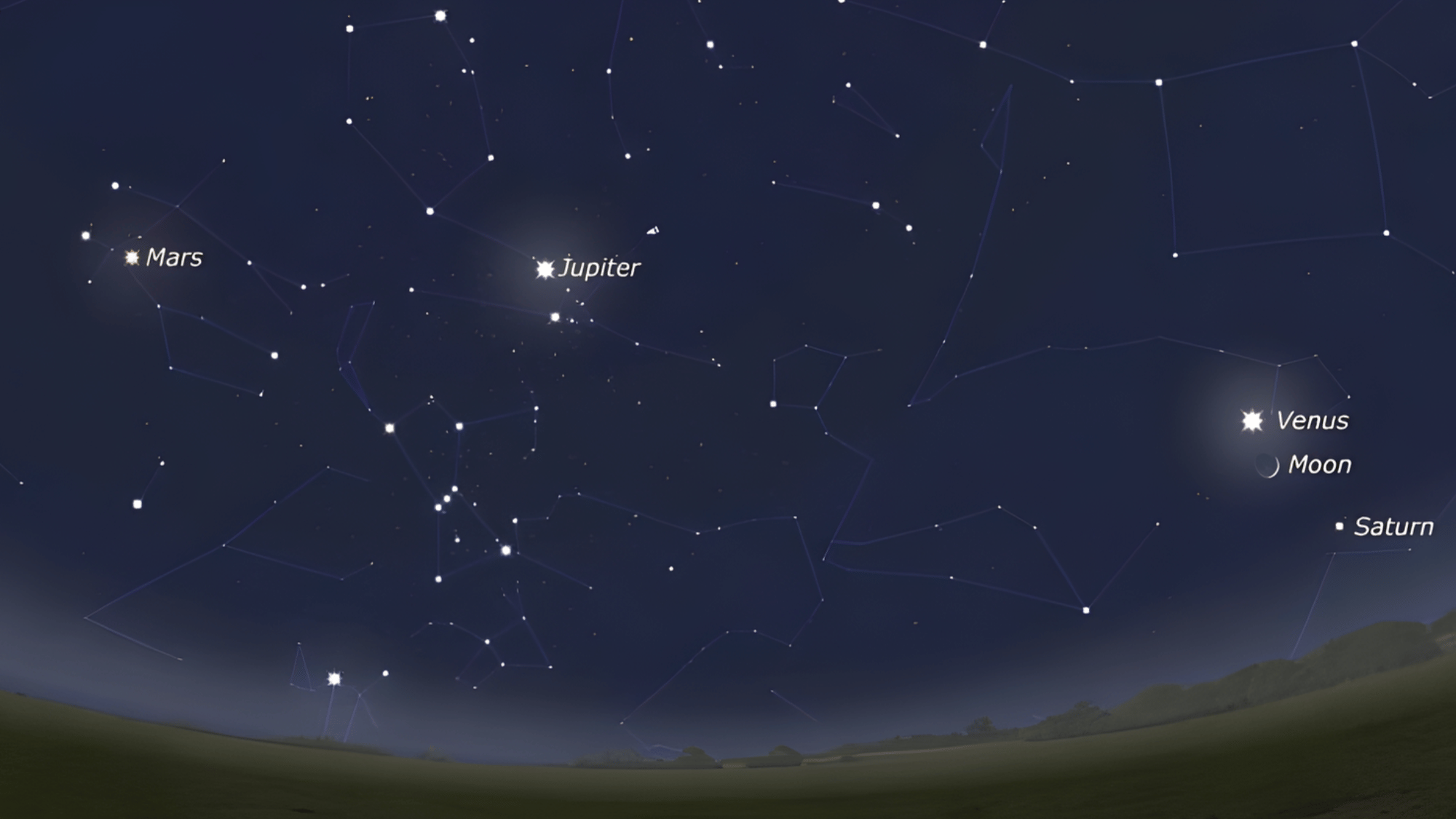
These planets lit up the sky alongside the Moon during National Astronomy Week from 1-9 February 2025. Image Source: Royal Astronomical Society
Several planets besides Jupiter can also be seen without a telescope. Knowing details about them makes it easier to recognize them when looking at the night sky.
Mercury
Mercury is the smallest planet and the one closest to the sun. it is often difficult to see because it never moves far from the horizon.
The best times to spot mercury are just before sunrise or just after sunset, when it shines briefly as a small but bright light.
Because of Its Position, Mercury is only Visible for A Short Time During Certain Parts of The Year.
Venus
Venus is the brightest planet visible from Earth and is often called the “evening star” or “morning star.” It reflects sunlight very strongly, which makes it appear even brighter than Jupiter.
Venus is always found near the sun, so it is best seen either right after sunset or just before sunrise.
Because of Its Brightness, Venus Is Usually One of The First Objects Noticed in The Night Sky.
Mars
Mars is easy to recognize because of its reddish or orange glow. This color comes from the iron-rich dust on its surface.
While not as bright as Venus or Jupiter, Mars can still stand out clearly in the night sky.
Its brightness changes as Earth and Mars move closer or farther apart in their orbits. When it is closest, Mars appears much brighter and more colorful than usual.
Saturn
Saturn can be seen without a telescope as a bright, steady light in the sky. Unlike Jupiter, Saturn does not appear quite as bright, but it is still easy to identify.
Its famous rings cannot be seen without a telescope, but knowing when and where Saturn is visible makes it a rewarding planet to spot.
Saturn often appears near Jupiter, making it easier for beginners to find.
Tips for Viewing Jupiter
Spotting Jupiter becomes easier when you know a few tricks that help it stand out in the night sky. These tips will guide you in finding the planet more quickly and enjoying a clearer view:
- Best season: Jupiter is often easiest to see in the fall months when it reaches its highest point in the night sky.
- Use landmarks: To help locate Jupiter, you can use bright constellations like Sagittarius or Pisces, since Jupiter often appears near them along the ecliptic.
- Daily shift: Jupiter rises about 4 minutes earlier each night, so its position gradually shifts westward over weeks.
- Avoid full moon nights: Jupiter is harder to see when the moon is full because the bright moonlight reduces contrast in the sky.
- Naked eye limits: You cannot see Jupiter’s great red spot or cloud bands without a telescope, but knowing they exist makes observing it more exciting.
Conclusion
Studying Jupiter and the other visible planets helps us better understand Earth’s place in the solar system.
Observing how these planets move against the backdrop of stars shows that they follow predictable paths, offering a reminder of the patterns in space.
Jupiter’s changing position throughout the year also demonstrates the effect of planetary orbits.
Watching it regularly can build an appreciation for astronomy without needing advanced tools.
Noticing even small details, like when Jupiter appears earlier each night, connects everyday stargazing to larger scientific ideas about motion, distance, and the structure of our solar neighborhood.



